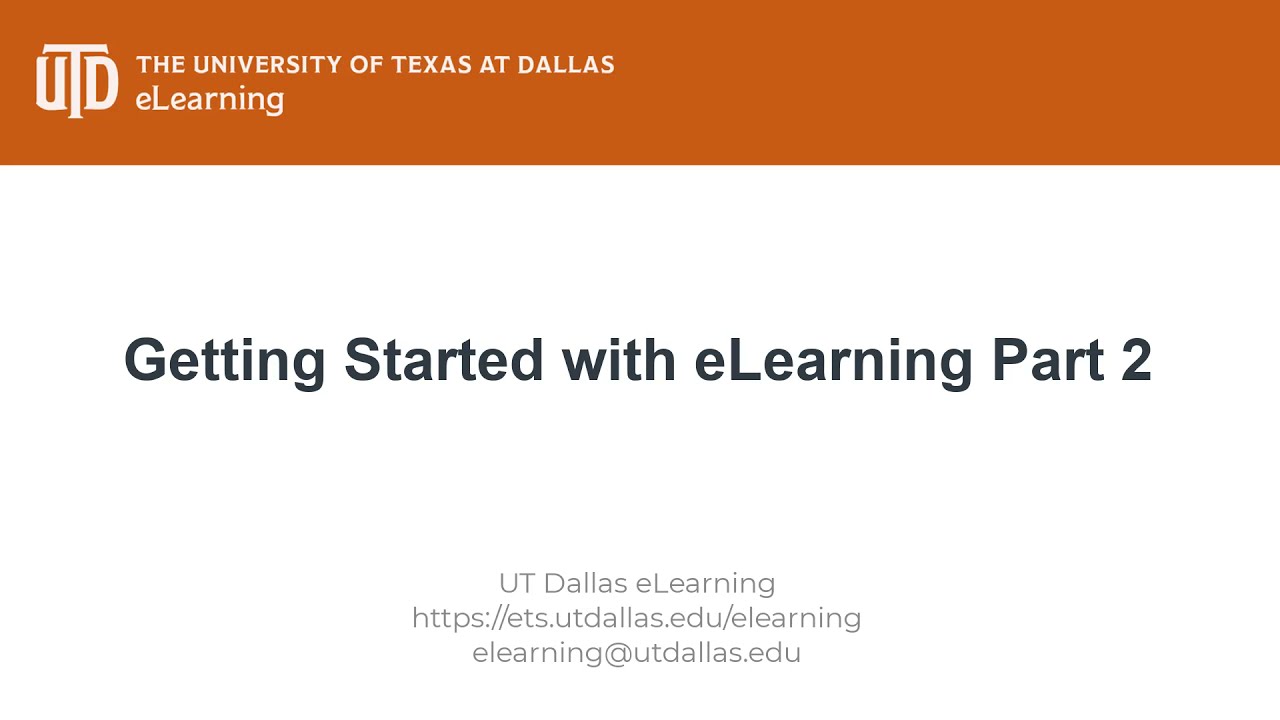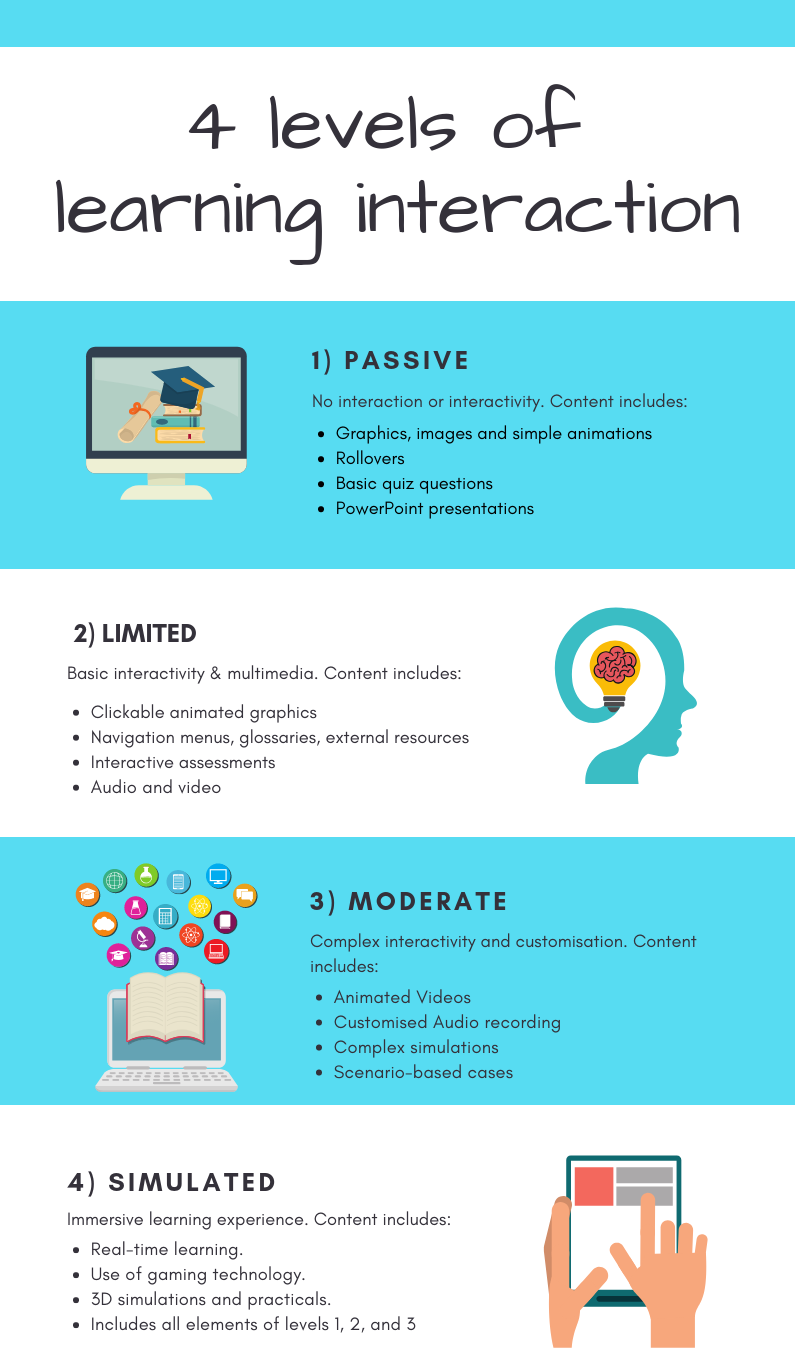
WIDA Conference 2020 nears! Register now to be part of the most exciting conference about the future education. Find out more about the conference, including what you can expect to gain. Here are some highlights to look out for! We'll also talk about eSummit sessions as well as the Keynote speaker and Video Library Conferences. We will also discuss how to register for WIDA Conference 2020 and what you can expect at the conference.
Session of eSummit
WIDA is pleased to announce the eSummit online learning opportunity. This program is free for domestic WIDA Consortium members. It is also open to federal agencies, states, or territories. This year's WIDA eSummit will focus on the design and navigational features of the 2020 Edition of WIDA ELD. Visit the WIDA eSummit webpage to learn more.
WIDA staff, educators and experts will be among the key speakers at the eSummit session. Vietthanh Nien, the keynote speaker, was a Finalist for the PEN/Faulkner and a Pulitzer Prize Award winner. Other sessions will focus on topics that are relevant to teachers of multilingual K-12 students. They will also include the WIDA English Language Development Standards Framework. WIDA staff will present at the eSummit and provide updates via social media.

Registration requirements
WIDA Annual Conference started in 2013 and has been traveling to many cities since. The first conference drew 600 participants and a lengthy waiting list. Today, the conference draws more than 1,000 attendees. Register on the WIDA site to register for this conference. This year's theme will be Educating Diverse Learners: Building Communities for Practice. These registration requirements are necessary to plan for the conference.
WIDA Annual Conference requires that you are a member. WIDA members can get discounts on conferences. Register by entering the code "WIDA", at registration. Once you have completed the registration, you will be able to view the event schedule. After registering, you will be able to view the conference schedule and choose the sessions most relevant for your professional development. The conference will feature two keynote speakers.
Keynote speaker
WIDA Conference is the leading event for educators. Viet Thanh Nguyen (a Pulitzer Prize-winning author, finalist in the Dayton Literary Peace Prize and professor at University of Southern California) will be the keynote speaker. WIDA eConference session will focus on the conference theme. It is designed for educators working with multilingual students in K-12. WIDA English Development Standards Framework will be also featured. Participants can select up to five concurrent sessions from each block.
WIDA conference also features online presentations, curated panels, and access to recordings after the event. Additionally, the WIDA eConference will feature a spotlight session focused on parent outreach. WIDA's Featured Education program will highlight outstanding educators from the classroom, district, or state education sectors. WIDA will showcase educational leaders through our "Featured Educator" program.

Video Library Conference
Video Library will offer a forum for library professionals to discuss best practices and share knowledge to advance video reference. By using this digital platform, attendees can view conference video from any PC, Mac, iDevice, or web browser. Participants don't need any special hardware to view the videos. In addition, they can share their online credentials easily with other library colleagues. The video library also provides detailed instructions for attendees to assist them in watching the conference program.
The PLA celebrated its 75th anniversary on Oct. 13, 2019 and is continuing to celebrate its history in 2020. The PLA released an Anniversary video, featuring stories from members, and started a fundraising campaign in order to provide 15 scholarships at the Video Library Conference 2020. Students in library schools, early career librarians, as well as support staff, are eligible for scholarships. The organization also has two new initiatives in partnership with Microsoft that support library staff and increase professional development. There are many programs that support libraries to grow and thrive.
FAQ
What is the equipment needed for eLearning?
Start an online course by making sure you have everything setup correctly. You'll probably want to use Adobe Captivate as well as a webcam and microphone.
Also, ensure that all required software is installed on your computer. This includes Microsoft Office Word Excel PowerPoint, Adobe Acrobat Reader Flash Player Java Runtime Environment QuickTime 7 or Shockwave Flash 10.0.
You may also want to consider using a screen capture program such as Camtasia Studio from TechSmith. It allows you to record what is happening on your computer screen while you are working.
Last but not least, you may want to download a WebEx or GoToMeeting web conferencing software. These programs make it possible to communicate with other people watching the same presentation. They let you share your Desktop with others.
How do I get started with eLearning?
If you don't already know how to create online courses, then it's best to start small. Start small by creating a tutorial or quiz.
After you have learned this skill, you can move onto more complicated projects. It is better to create lessons using pre-built templates, if you don't have any knowledge of HTML.
What systems are used to teach e-learning courses?
E-learning is an online learning system where students learn from a computer screen. Interactive activities like quizzes, tests and discussions are possible.
E-learning can also include web-based programs that allow users to access information via the internet from a computer. This program is commonly called "online education".
What are the potential benefits of elearning for students as well as teachers?
E-learning offers both students and teachers better learning outcomes. It allows learners to access information anywhere and anytime they want. E-learning allows educators to interact with students through technology in new ways.
E-learning gives teachers the ability to provide personalized instruction and support students' progress. This leads to increased motivation and engagement among students. Teachers can also use e-learning for communication, collaboration, as well as critical thinking skills. You can also use it as a tool to improve your teaching practice by giving students the opportunity for self-reflection, reflection, and comparison of their experiences with others.
E-learning helps to reduce costs associated with training. For example, if a teacher wants to train his/her class about a new topic, he/she will have to spend money buying books and materials. However, the same material may be available online so there's no need to buy it.
How much multimedia can an eLearning course include?
It all depends on your goals. If you are looking for a quick way to deliver information, then less is probably better. For those who are interested in delivering training that will teach people how they can do something, though, it may be worth having more.
The key thing is that you need to know what you want to achieve from your eLearning course. Also, you need to know what your learners expect from the course. This will help you ensure you have sufficient content to meet your goals.
Let's take, for instance:
It is best to show people many examples of text documents if you are trying to teach them how to use Microsoft Word. You would also need to demonstrate many different spreadsheets to help people learn Excel.
You also need to consider whether you want to use video or images to illustrate concepts.
Video is great for showing people how to do something, but it's not so good for explaining complex topics. It can also be very costly to produce. Although images are less expensive to produce than videos, they convey the same emotion as video.
The bottom line is to think carefully about the end result before designing your eLearning courses.
Statistics
- E-learning is intended to enhance individual-level performance, and therefore intend to use of e-learning should be predicted by a learner's preference for self-enhancement (Veiga, Floyd, & Dechant, 2001). (sciencedirect.com)
- Hedonism incorporates intrinsic motivation, including novelty, challenge, excitement, and pleasure (Schwartz et al., 2012), which is likely to predict user perception of e-learning enjoyment. (sciencedirect.com)
- In the 2017 ATD research report Next-Generation E-Learning, 89% of those surveyed said that changes in e-learning require their staff to update or add new skills. (td.org)
- However, e-learning courses that are engaging, well-designed, and interesting are likely to be perceived as useful by e-learners (Roca & Gagné, 2008). (sciencedirect.com)
External Links
How To
How can elearning be used to enhance traditional education?
E-learning has been around since the 1980s and is still evolving. There are so many types that e-learning is possible, it would be impossible for me to list them all. But I'll mention some of the most common ones:
-
To supplement traditional learning, e-learning can be used. An example of this is when a teacher uses an interactive whiteboard to show a concept and simultaneously records her voice explaining it using audio technology. The audio file can be downloaded by students to reinforce the lessons.
-
E-learning is a way to replace traditional education. For example, a student might log into a website to access a tutorial on a particular topic. He/she could watch the video instructions and finish the exercise at their own pace.
-
E-learning can supplement traditional learning. A student could log on a website and access a huge library of information. They can browse the material and then choose which parts they wish to review.
-
The classroom environment can be extended by e-learning. A tutor might give feedback via email on student work. You can also send questions to fellow students via instant messaging.
-
E-learning can enable distance education. An example: A university lecturer could present lectures via the internet for hundreds of students across the globe.
-
E-learning is an option for corporate training. For employees who need to be updated about new products or service, companies often offer webinars.
-
E-learning can improve academic performance. Students enrolled at a MOOC could, for example, participate in discussions and contribute to their own content. Or, they could earn badges by completing certain tasks.
-
E-learning is a great way to improve your communication skills. For example, a student could send an assignment to another student via email.
-
E-learning may help you develop critical thinking skills. For example, students might create blogs and podcasts to share information about a subject.
-
E-learning can be a tool to help you solve problems. For example, a group of students might collaborate on a project via Google Docs.
-
E-learning can facilitate collaboration between individuals. For example, two students could meet up in person to discuss a problem. However, if one of them were studying at home, he or she could communicate with the other via Skype.
-
Self-directed learning can be possible with e-learning. Students can create their own goals and deadlines to complete a course.
-
E-learning can encourage creativity. For example, students might upload videos of themselves performing art projects.
-
E-learning can encourage independence. For example, a child might play educational games independently without parental supervision.
-
E-learning is a great way to promote lifelong learning. E-learning can allow older adults to continue learning new skills as long as they have Internet access.